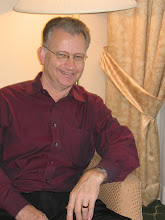Well, I am finally flying this amazing airplane. Really, the biggest challenge is to learn to be a manager instead of a steam-gauge pilot. The airplane is capable of so much - I just need to understand how all the systems interact. Here is a photo of the airplane on the ramp at Sandy River.

And some photos of the airplane at Bremerton, WA for formation training.


It is truly amazing that after three years, I still have the highest regard for the folks at Aviation Research Systems. Time after time, when presented with seemingly insurmountable problems, they were able to find a great solution, cost effective, and executed perfectly. I really believe that there is no factory aircraft that can compare with this Bonanza.
The next posting will have photos of the avionics and describe my experiences as I learn the glass panel. Already the airplane will fly perfect instrument approaches on either PFD, and cross-fill to the Garmin GMX200, GNS530 and GNS430. The Aspen display of the approach charts is truly perfect. A big hats off to Aspen Avionics!! The company has been fantastic to work with and have supported Aviation Research all the way. It just could not be any better!






















